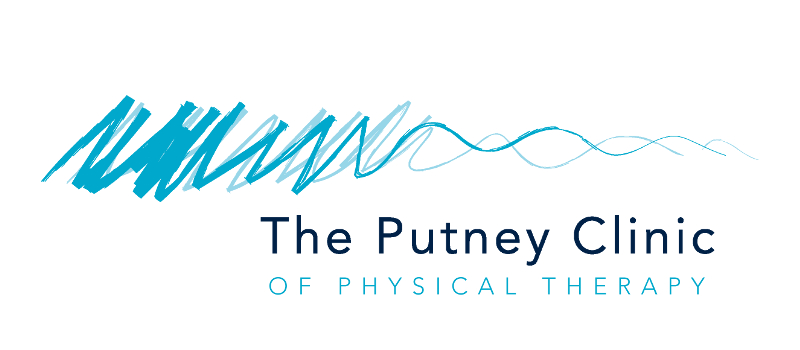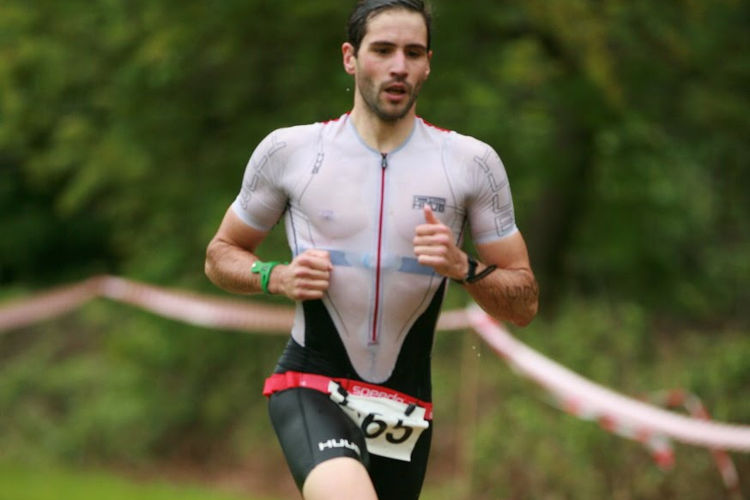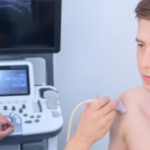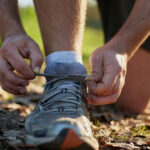Spring has finally sprung, then jumped into summer for a weekend, then back to winter… before settling on spring again. But despite the UK weather’s instability, fortunately there are still some rock-solid certainties in life. And one is that race season is finally in full force. Those long, cold days of training during the winter are gone, and your consistency during the hard months will be paid off with good results over the sunny days. However, depending on your goals and targets for the season, the race period is a delicate one and, as always, the best approach is to prevent rather than to cure…
At this time of the year, training is usually more specific and focused on your race pace. So the intensities you train will get higher (particularly if you’re racing sprint and Olympic distances), the volumes will increase if you’re preparing for long events (half and full Ironman), or both. And that means that your body will be pushed through extra stress, so keeping it in a “good state of functioning” is the number one rule to be able to train and race without injuries for the months ahead. The pieces that make up this jigsaw are of course stretching, foam rolling and massages.
Injuries can happen at any time, and in the most unexpected ways. You can get injured by ramping up running volumes without releasing the stress on your muscles (I’ve been there, two years ago when I was training for my first Ironman). But you can also incur a small trauma even by, say, playing paintball. Yep, you read it correctly. Last year, one of my athletes training for an Ironman lost most of his July block because he got injured by playing with his colleagues. During the weeks before that accident, he’d been complaining that his muscles were tight, but hadn’t stretched them out. Fortunately enough, though, after a period of reduced running training, he was still able to smash his event
START OF THE RACE SEASON
Although I did have a race in January, my race season really kicked off on the 29th of April. As I’m preparing for an ITU Long Distance Triathlon event (3km swim, 120 km bike and 30 km run), the build up to that will go through a sprint race, followed by an Olympic and a middle distance. My first “sprint” of the season was the Kingfisher Aquathlon (swim plus run), which was held at Morden Park and consisted of a 400m pool-based swim up and down the lanes and a 9km trail run.
As often happens at the beginning of the year, and when you’re racing with your club-mates, schoolboy mistakes can be frequent. Same for me. I totally over-paced the first lengths of the swim and almost blew up halfway through it. I was able to slow down and get back to a steady pace, but the damage was done: I finished the swim at least one minute slower than my expectations. The run was a different deal. though, and I was able to control both my pace and heart rate at a sub anaerobic threshold for a good 35+ minutes and finish stronger.
SPORTS MASSAGE AND RACE PREPARATION
Two days after the event, Delayed Onset Muscle Soreness (DOMS) knocked at my door. Loudly. And together with the bigger cycling volumes I had put in during March and April, my muscles were starting to tighten way too much. I was turning into Quasimodo, the Hunchback. But luckily I am also learning from the old mistakes. I’ve pre-booked in a few massage sessions at the Clinic with Toby: an easy session before the race, and a deeper one after the race. Just these two were enough to get me back into a less-deformed creature!
ABOUT NICK BUSCA
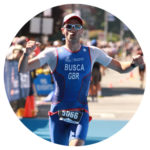 Nick Busca is a freelance journalist based in London, focusing on sports (particularly cycling, triathlons and skiing), travel and foreign affairs. His work has been published in a variety of publications, including The Guardian, BBC Travel and CNN , and other sport themed websites. Nick is also a Level 2 Triathlon Coach and has been regularly competing in triathlons since 2012 and has represented Team GB. In addition to this, he is a ski instructor.
Nick Busca is a freelance journalist based in London, focusing on sports (particularly cycling, triathlons and skiing), travel and foreign affairs. His work has been published in a variety of publications, including The Guardian, BBC Travel and CNN , and other sport themed websites. Nick is also a Level 2 Triathlon Coach and has been regularly competing in triathlons since 2012 and has represented Team GB. In addition to this, he is a ski instructor.
- Visit Nick’s website: http://www.nicolabusca.com/
- Follow him on Twitter: https://twitter.com/bogpolis
- Instagram: https://www.instagram.com/bogpolis/
